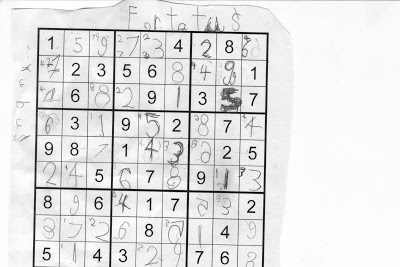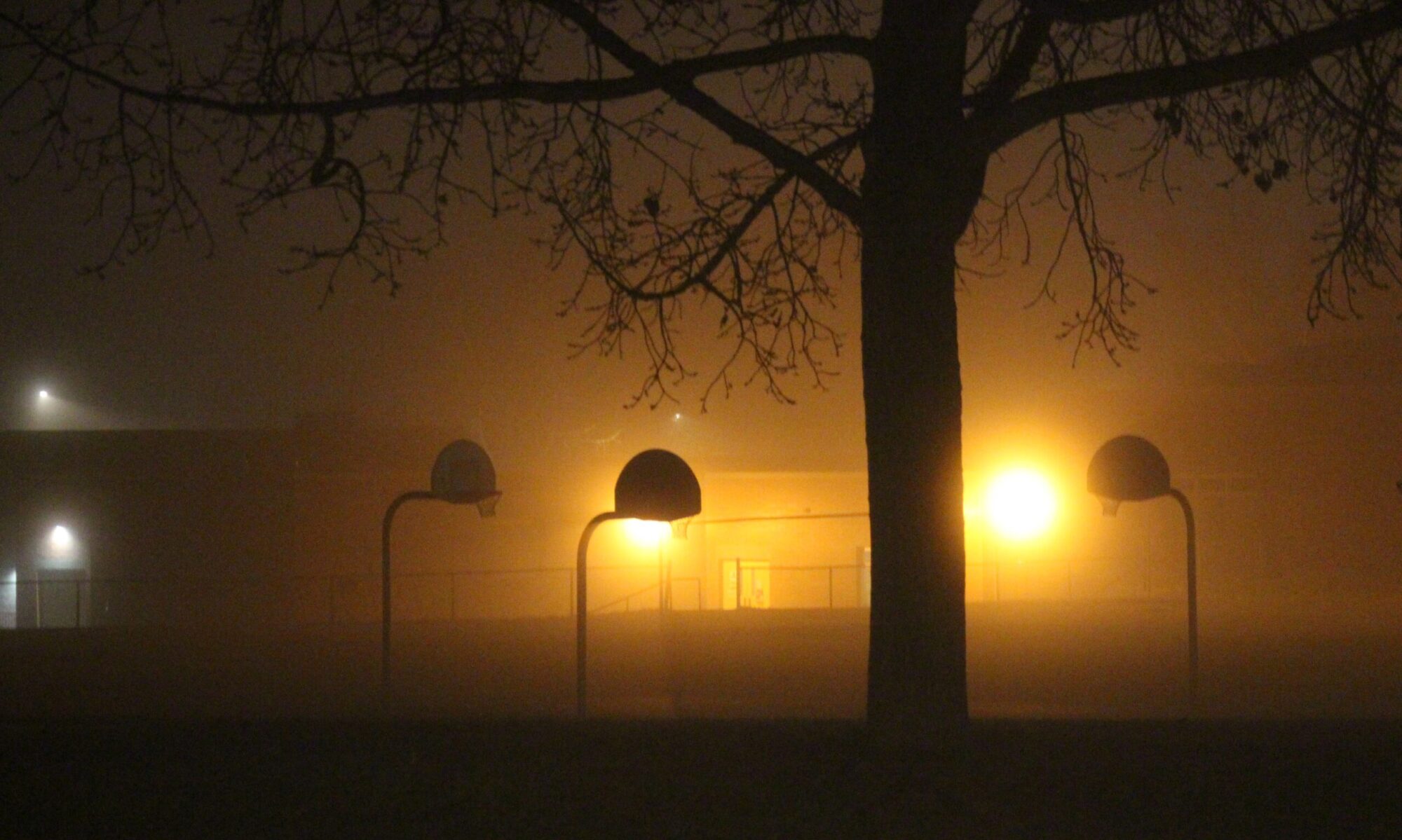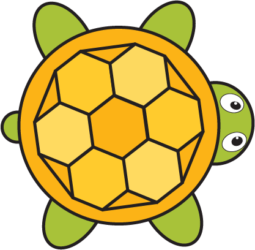
A couple years ago, my oldest son went to preschool. He was a bright kid, and also my first, so I spent a lot of time with him before hand, teaching him the letters, numbers, shapes, etc. By the time he started preschool, he knew all the letters, and of course he knew how to write his name beautifully. I was so proud of him, and was excited for him to go to school and continue his learning.
Of course, at preschool, they (re)taught all the letters and numbers. And at home I continued teaching him about letters, and then also about words, how they are composed of letters, and how each letter represents a sound, etc. By the end of preschool, he was able to read some words, especially phonetically.
Then, he went to kindergarten. Since he went to French school, the emphasis was on teaching oral French as opposed to written language. He still had me on his back with the writing and reading, and in Polish School (on Saturdays) he learned to write and even handwrite words. But at his daily school he wasn’t even expected to write his name on his artwork. Later in that kindergarten year, the teacher finally started teaching the alphabet, and again, he learned his letters…
This time however, it was different. My son, having already known all his letters (uppercase and lower) for at least two years, started writing his letters and numbers backwards… I even saw some of his artwork with his name written right to left instead of left to right. Left and right didn’t seem to matter anymore! Check out the Sudoku (above) he did at the end of Kindergarten: some 5’s are right, others are flipped, same with the sixes. I asked some of the moms of my son’s friends, and they too noticed that they were writing some letters backwards. So, I looked it up, of course, and found that this is a normal stage in children at their age:
“At about kindergarten age most children pass through at least a short period during which they confuse certain letters with their mirror images or rotated transformations. Reversals, along with other types of letter confusions, are apparently rare beyond age 8 (Davidson 1935; Gibson, Gibson, Pick, & Osser 1962; Hildreth 1932; Ilg & Ames 1950; Smith 1928; Wilson & Flemming 1938). Gibson et al. (1962) suggested that improvement with age is to be expected because reversal and rotational transformations are seldom significant for the identification of familiar objects until children are required to make graphic discriminations. When orientation becomes critical, children eventually learn to attend to invariant features that are peculiar to letters and help distinguish one from the other.”
(Letter Reversals in Naming, Writing, and Matching to Sample Murray Sidman and Barbara Kirk, 1974)
But why does this happen? Why does writing the proper way before hand give way to the letter reversal in kindergarten? In fact, I have a second son, just started preschool yesterday, and he too can write his name properly. He never reverses letters (yet) and is very good about writing all his words left to write, even when he is not copying me. So why is there this stage of letter / word reversal? I have searched and searched, and there doesn’t seem to be a good explanation. Here is my theory why this happens:
Young children, when they start learning to write, they only learn to write lines and patterns. They don’t see letters as units. For instance, my younger son, when writing an E would think of writing a vertical line with three horizontal lines attached to it. He saw me do it, so he follows my example. It is a pattern for him, not one thing. My older son, however, after so much experience with letters, has already acquired a feeling for all the letters. He understands each letter as a “thing” and not a series of lines. He can flip it around in his mind, see it from every angle. And since he doesn’t understand the importance of orientation as of yet (or distinguish between left or right), he has a hard time deciding which way to write the letter. Hence the confusion.
I read somewhere (I think it was “Scientific American”) that it is not inborn to distinguish left from right, and this is why symmetry is so important in humans. That only after a lot of practice does that “symmetrical” orientation get replaced with left and right distinction. There was a study that was comparing non-dyslexic and dyslexic people and comparing their abilities at recognizing symmetry: the participants with dyslexia were much better at recognizing symmetry. Similarly, this can be said about young children. They are still in the “symmetry” phase, they have still not unlearned that natural inborn human trait.
(Another subquestion is why the kids don’t mix-up “up” and “down” only “left” and “right”?)
Since the time I noticed this letter reversal I’ve been working with my son to show him that the direction of writing is important. Initially he didn’t understand, because he said that if he draws a house with a chimney on one side or a house with a chimney on the other, it is still a house! I thought that was clever, and I never thought about it like that, but I guess that’s what he was seeing: An F is still an F, even if it’s written backwards, so what’s the problem? I seemed to have convinced him that there is a difference, and that direction matters, but his letters are still sometimes reversed. Now he’s in grade 1… hopefully he can be fully “asymmetrical” by the end of the school year.
For some interesting related readings, check these out:

